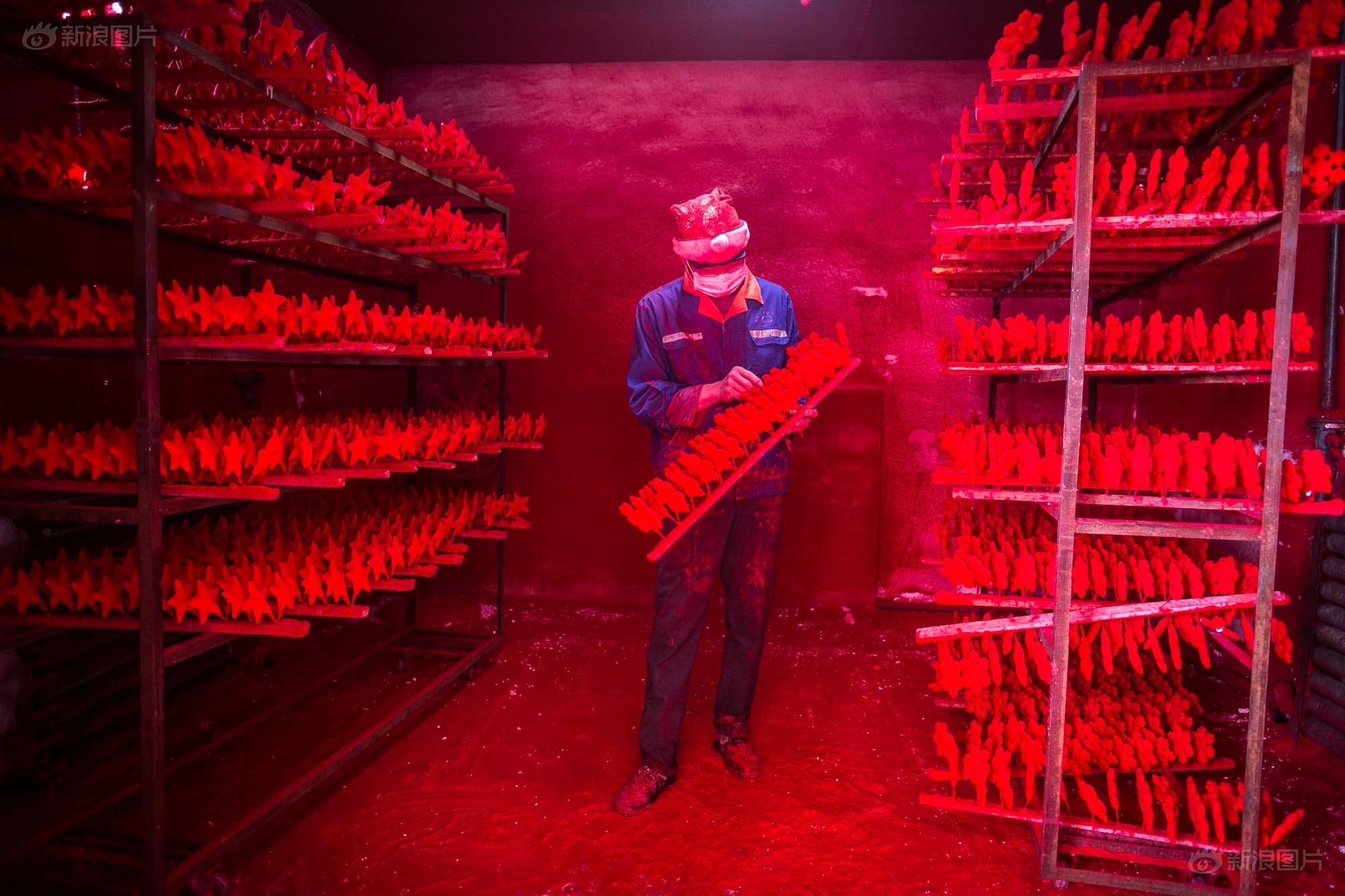On the surface it’s hard to tell a real ambulance from a fake. Fake ambulances have sirens, official seals, and sport interiors fitted with ventilators, electrocardiograms, and other medical devices. Only sloppy procedures and unanswered medical questions aboard a fake ambulance betray an unsavory, exploitative, and yet arguably necessary business.
Business for “black ambulances” in Beijing stalled last week after a March 14 probe by the Jing Hua Times revealed that doctors and hospital staff are sometimes complicit in outsourcing emergency transportation services to bogus ambulance drivers and nurses. Hospitals implicated by Jing Hua of facilitating the illegal practice vowed to investigate “moles” within their ranks suspected of profiting from a lucrative business.
According to the March 14 story, poorly regulated and underfunded emergency medicine services have opened the door for the “black ambulance” business, which has emerged to satisfy high demand from patients. Black ambulances profit by shuttling patients who live in surrounding areas that lack state-of-the art medical care to and from Beijing. Prices are high, and fees quickly accumulate. “Black ambulances” charge for each kilometer driven, tacking on fees for equipment and a fee if the patient is exiting the hospital.
They wear the guise of legitimacy: patients sign a non-liability agreement before boarding. (Spoiler alert: They do not take responsibility if you die en route.) According to Jing Hua, black ambulances do not follow appropriate medical procedures, nor properly dispose of waste. Nurses and drivers often have informal experience in emergency medicine, but lack legal certification and don’t adhere to code.
One black ambulance service worker quoted by the report said that transactions are often arranged through doctors, nurses, or other hospital staff who take a cut of the profits and select from among competing black ambulance companies. Other intermediaries also work on behalf of the black ambulances, distributing business cards amongst the hospital staff.
According to one insider, hospitals lack the personnel and infrastructure to accommodate patients traveling into Beijing from remote areas. Jing Hua reports that several hundred black taxis have emerged in Beijing to fill the gap.
Ambulances in China occupy a regulatory blind spot due to the lack of a dedicated oversight body. According to Jing Hua, various government bodies monitor different functions: vetting employees, outfitting the vehicle, setting prices, and enforcing fair practices. When a problem arises the different groups often shirk responsibility.
[Image via Flickr]






















0 User Comments